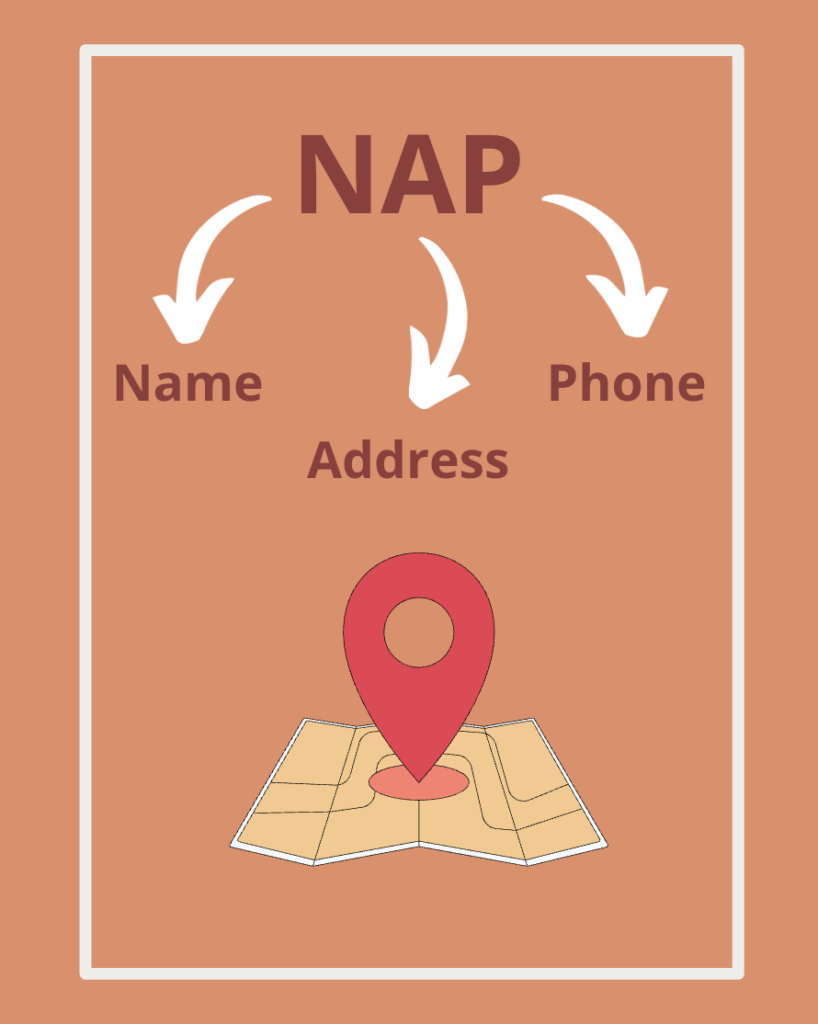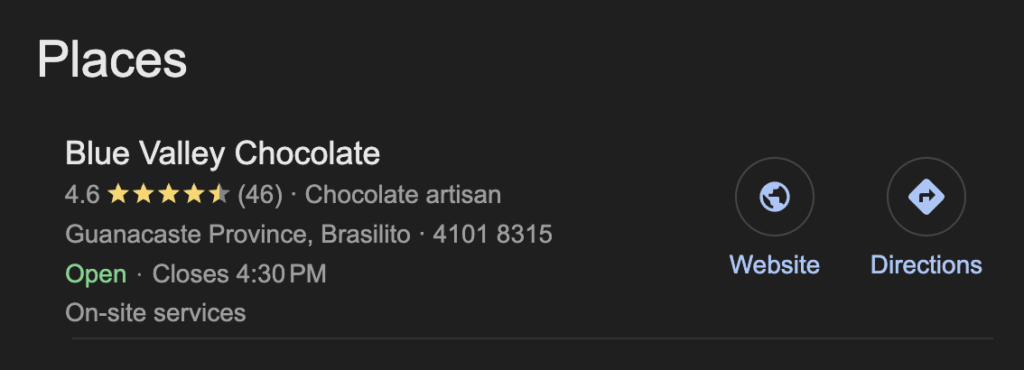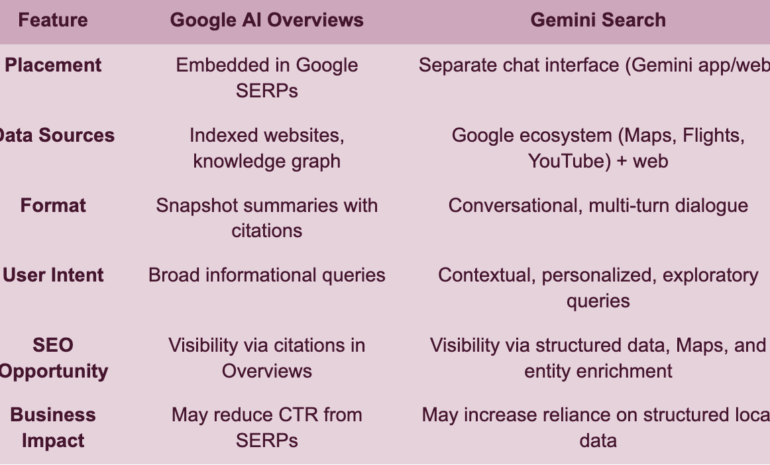Some may think the basics like NAP consistency are no longer as important. But here’s the truth: AI hasn’t replaced the need for clean, accurate business data; it’s made it more essential than ever.
Whether you’re a SaaS provider managing multi-location clients, a local SEO agency, or a tech-forward brand, understanding why NAP (Name, Address, Phone number) consistency still plays a foundational role in visibility and trust is critical to winning in the evolving search landscape.
What is NAP Consistency?
NAP consistency means that your business’s name, address, and phone number appear exactly the same across all online directories, platforms, and data aggregators. This includes major publishers like Google Business Profiles, Yelp, Apple Maps, Bing, Facebook and other industry directories and citation sources.
Even minor differences like using “St.” in one place and “Street” in another can create confusion for both users and search engines.

How AI Is Changing Local Search
As we know, AI is rapidly evolving how search engines deliver local results:
- Google’s AI Overviews summarize information from multiple sources.
- Search engines now infer business intent, category, and authority using entity matching.
- NLP (Natural Language Processing) helps AI understand unstructured data like reviews or social posts.
But even the smartest AI still relies on structured signals and NAP is one of the strongest.
Why NAP Still Matters
1. Entity Recognition Still Starts with Consistency
AI models rely on consistent signals to associate mentions of a business across the web. Discrepancies in NAP data can break those associations, causing search engines to treat listings as separate entities or ignore them completely.
2. Trust and Authority in an AI-First Index
When your NAP data is clean and matches across multiple trusted platforms, it boosts your business’s trust signals. AI-powered search uses this data to validate whether a business is “real” and active. Inconsistent data can hurt your perceived reliability.
3. Fuels AI Summaries and Snippets
Google’s AI-generated overviews pull content from authoritative sources. If your listings are inconsistent, you risk being left out or misrepresented. Ensuring NAP consistency means your brand is accurately cited in AI outputs.
4. Reduces Spam Signals
AI models now flag spammy or low-trust entities faster. Inconsistent or duplicate listings are a red flag and, clean NAP data helps your business avoid penalties or filtering by algorithms trained to prioritize quality data.
5. Improves Multi-Location Accuracy
For multi-location brands, the risk of inconsistent NAP data is magnified since AI doesn’t just evaluate a single profile but compares all your locations and builds a networked understanding. Inconsistencies make it harder to scale local SEO effectively.
The Risks of Ignoring NAP Hygiene
Let’s say your client’s business name appears as “Blue Valley Chocolate” on Google, “Blue Vly Chocolate” on Facebook, and “Blue Valley” on Yelp. AI might:

- Fail to group reviews or citations correctly
- Serve mixed or outdated content in AI Overviews
- Reduce rankings for branded and category searches
- Display the wrong phone number or location for voice assistants
These seemingly small errors can snowball into lost visibility, lower traffic, and broken customer experiences.
NAP in the Context of Structured Data
Search engines index more structured data than ever. LocalBusiness schema, APIs, and listing feeds all contribute to how your NAP is interpreted. But those feeds are only as good as the consistency behind them.
That’s why local data platforms like Local Data Exchange enforce NAP integrity through:
- Centralized profile management
- API-driven updates to major directories
- Deduplication logic and change tracking
- Real-time audit tools to detect inconsistencies
The AI Era Demands Cleaner Inputs
AI thrives on clean data. When search engines evaluate your brand’s footprint, they look for patterns; and consistency is the pattern that leads to better rankings, cleaner knowledge panels, and more trustworthy AI summaries.
As AI models increasingly “decide” what users see, the businesses with the most unified and accurate data will win visibility. NAP is no longer a checklist item, it’s a strategic differentiator.
Best Practices to Maintain NAP Consistency
- Use a centralized data source (like an API or platform) to manage all your listings.
- Standardize formatting: Avoid variations in abbreviations, suite numbers, or punctuation.
- Audit frequently: Set quarterly or monthly reviews to catch unintentional changes.
- Fix duplicates: Merge or remove older or incorrect listings that might conflict.
- Monitor platform updates: Some directories often auto-parse or crowdsource changes.
AI might be transforming search, but it hasn’t changed the fundamentals, it’s just raised the stakes. NAP consistency isn’t old-school. It’s future-proof.
If you’re helping brands scale their local presence in an AI-driven world, keeping NAP clean and synchronized across platforms is still one of the smartest moves you can make.


